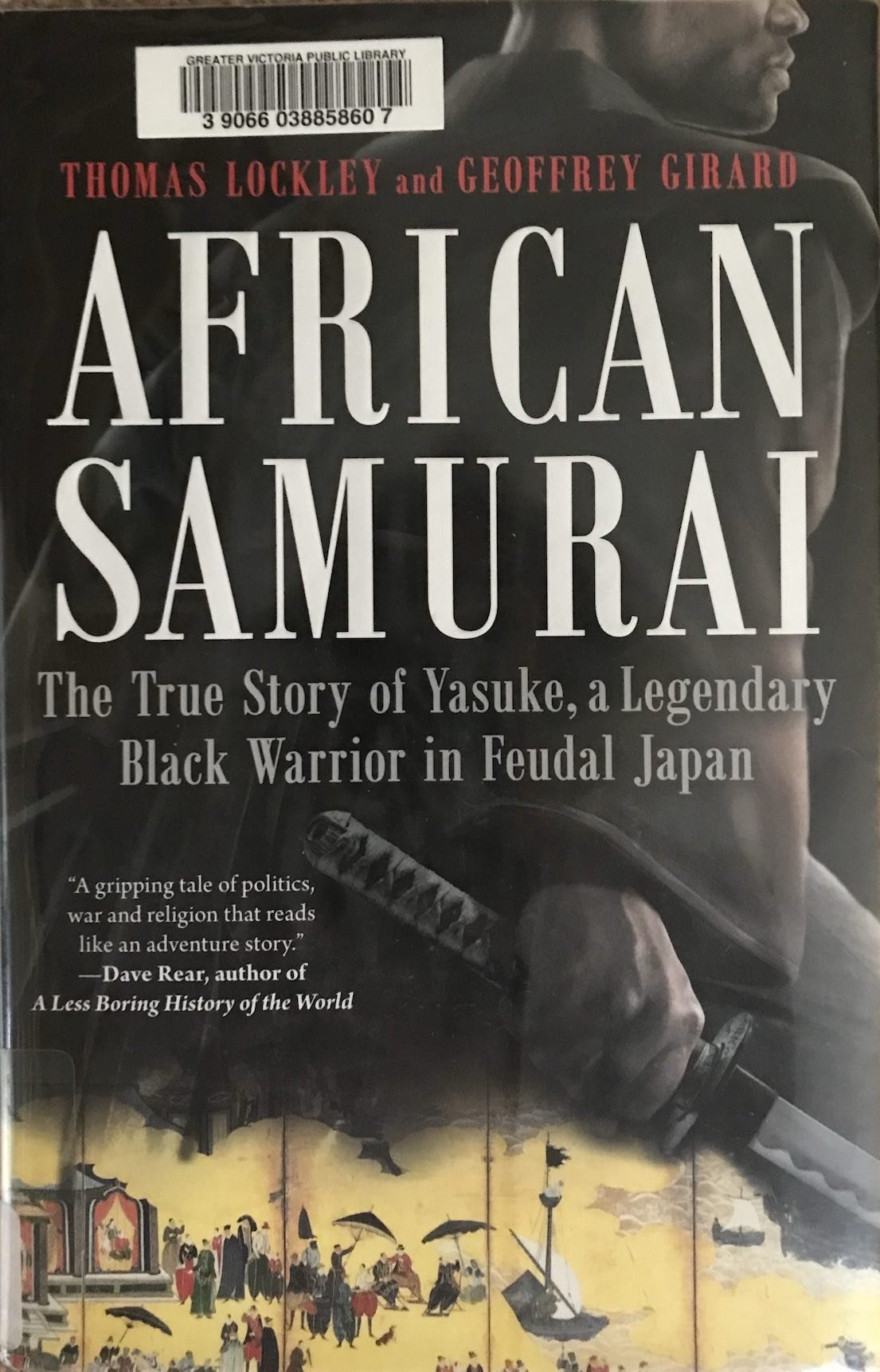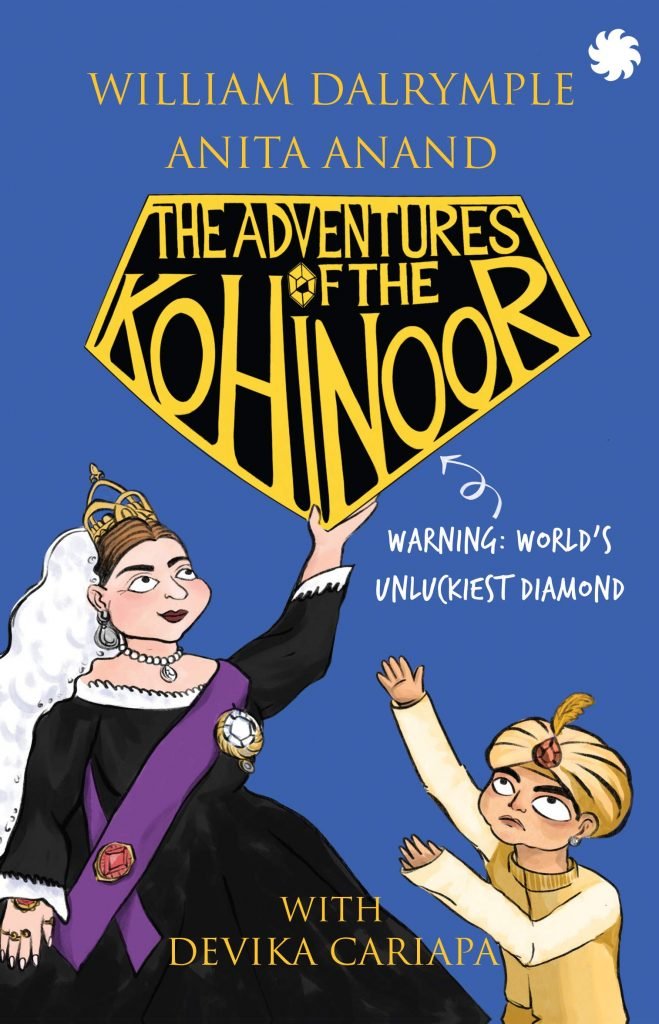
Writing With a Broken Tusk
Writing With a Broken Tusk began in 2006 as a blog about overlapping geographies, personal and real-world, and writing books for children. The blog name refers to the mythical pact made between the poet Vyaasa and the Hindu elephant headed god Ganesha who was his scribe during the composition of the Mahabharata. It also refers to my second published book, edited by the generous and brilliant Diantha Thorpe of Linnet Books/The Shoe String Press, published in 1996, acquired and republished by August House and still miraculously in print.


Process Talk with Jen: Martha Brockenbrough on Human and Artificial Intelligence
[Posted by Jen Breach for Writing With a Broken Tusk]
Martha Brockenbrough is a writer of very considerable brain. An example: her acknowledgements for Future Tense: How We Made Artificial Intelligence–and How it Will Change Everything (out today from Feiwel & Friends) are couched in a conversation with ChatGPT, in which Martha teaches the AI exactly how many people it takes to make a book. “‘Given all the work that goes into a book,’” she asks it, “‘and all the human beings required to do that work, do you still think [a book can be written] in six months to a year?’ ChatGPT was silent for a long time. And then this reply appeared, in red type: ‘An error occurred. If the issue persists, please contact us through our help center.’”

Caveat Auctor
When John Zubrzycki’s history of Indian magic was published in 2018, Michael Dirda of The Washington Post wrote a grumpy review with a scattering of admiration. Dirda’s criticism cited typos, misspellings, garbled sentences, redundancies—in other words, slovenly editing
Here’s a grudgingly admiring snippet, the annoyance aimed at the publisher, Oxford University Press:
Oxford’s delinquency is particularly annoying because Zubrzycki, an expert on South Asian history, clearly worked hard to produce what is, despite its textual irritations, a valuable and entertaining book.

Histories No One Taught Me: the Story of Yasuke, African Samurai
African Samurai: The True Story of Yasuke, a Legendary Black Warrior in Feudal Japan by Thomas Lockley and Geoffrey Girard is a deep dive into the story of a little-known historical figure: an enslaved man from East Africa transported by the Portuguese to Japan, left behind there with a Jesuit mission. He came to be known as Yasuke, and fought alongside feudal lord Odo Nobunaga to become Japan’s first foreign-born samurai.

Warning: World’s Unluckiest Diamond
I have long been a fan of William Dalrymple’s books. I very much enjoyed reading the authoritative and wide-ranging history he co-authored a few years ago with Anita Anand, Koh-I-Noor: The History of the World’s Most Infamous Diamond.
I wondered at the time if a book for children might some day be drawn from this material. It seemed like an obvious reach and something likely to fuel middle-grade curiosity.
Now, here it is.


Guam, Past and Present
With Earth Day appoaching, on my reading list is The Properties of Perpetual Light, a new book by Julian Aguon, founder of Blue Ocean Law, an international law firm based in Guam, specializing in human and indigenous rights, self-determination, and environmental justice in the Pacific. The book addresses the history of colonization and militarization of Guam — and how Indigenous people have resisted U.S. influence.

India and Black America
India and Black America have often been on intersecting paths, paths that have largely been ignored in the national discourses of both countries.
